But doctors say even this is very low and there is a need for several more donors for harvesting skin for burns and other victims
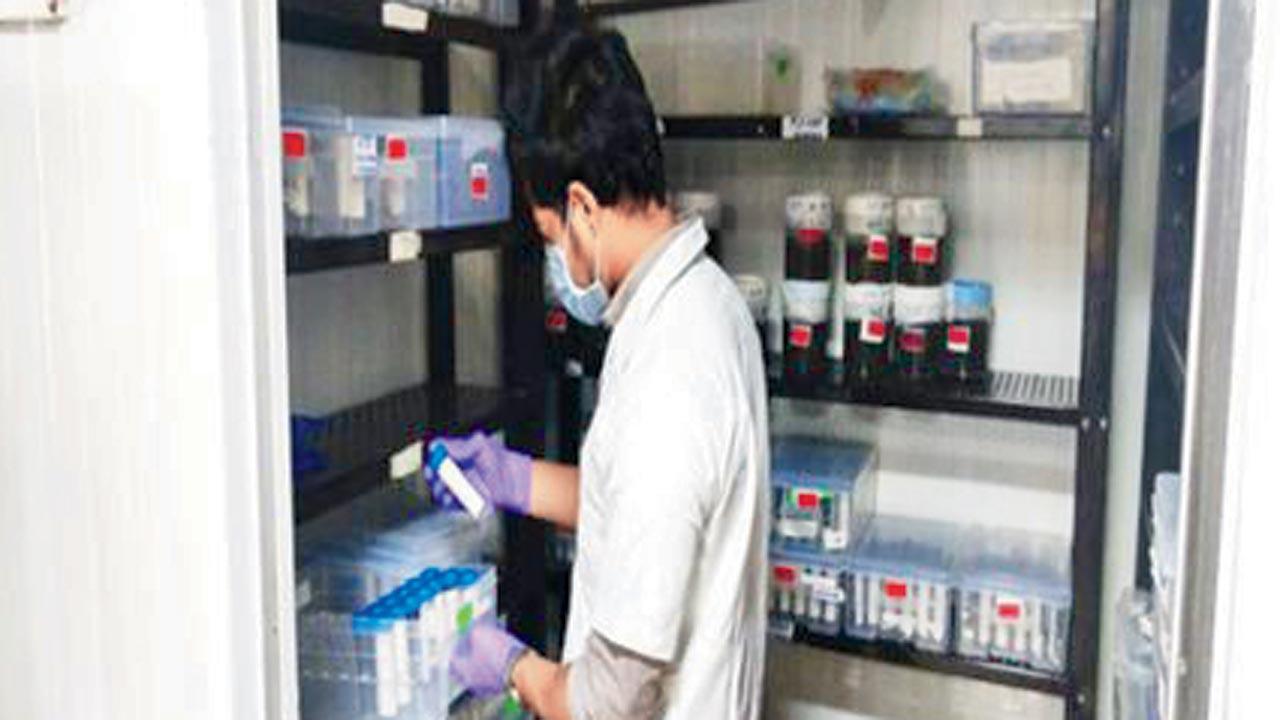
Testing under process at the skin bank at National Burns Centre, Airoli
Last week, for the first time, the city received around 12,500 sq cm of skin in a single day. The skin was harvested from five people who died, including one brain-dead individual. The National Burns Centre’s (NBC) previous record was of harvesting skin from four dead individuals within 24 hours.
Skin from around 150 donors needs to be harvested monthly to meet the demand of harvested skin to treat burn victims. At the moment, we are getting only 20-30 donations monthly,” said Dr Sunil Keswani, medical director, NBC, Airoli.
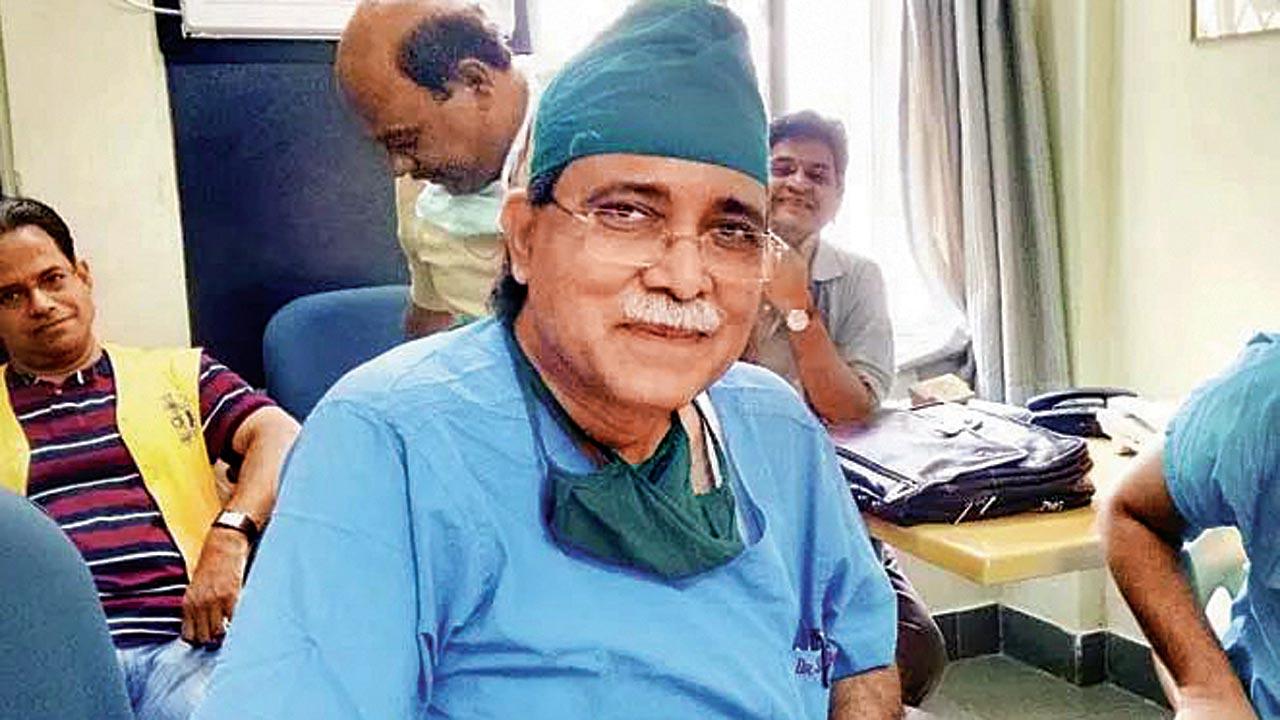 Dr Sunil Keswani, medical director, NBC, Airoli
Dr Sunil Keswani, medical director, NBC, Airoli
“On Sunday, our team at the RCBN skin bank at NBC serviced five calls in 24 hours and harvested 12,500 sq cm of skin. Four calls were serviced at the residences of individuals in Dombivli, Dahisar, Mulund and Nala Sopara and one call was regarding a brain-dead patient at Nanavati Max Hospital, as part of their organ retrieval programme,” he said.
“Our last all time high was attending four calls in a single day, but on January 28, we received five calls. The four individuals died of cardiac arrest. We are indebted to the deceased’s next of kin who decided to donate the skin of their loved one. Spreading awareness about skin donation along with organ donation is the need of the hour. These can give a new lease of life to many,” said Dr Keswani.
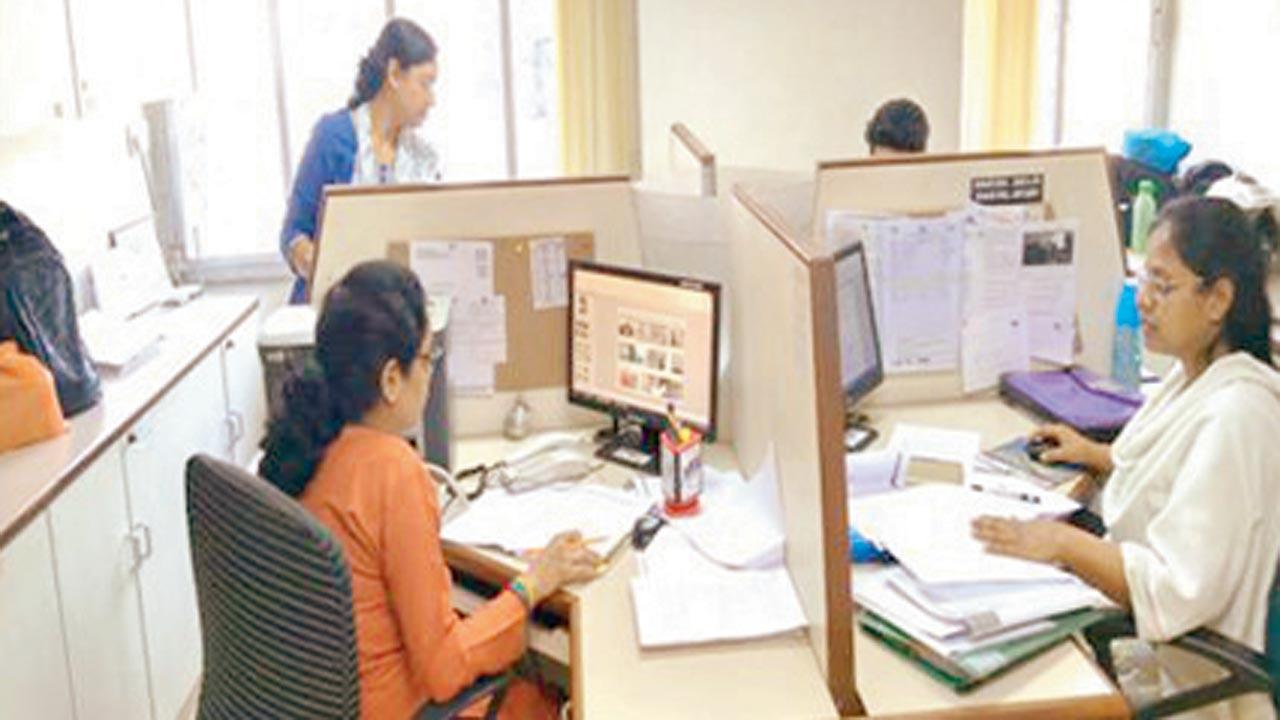 The skin bank at the National Burns Centre, Airoli
The skin bank at the National Burns Centre, Airoli
Donations in recent years
As per NBC data, in 2021, 160 donations were received, from which 2,07,156 sq cm skin was procured and around 1,55,38 sq cm skin benefitted 91 patients (60 from NBC and 31 from other hospitals). In 2022, the number of donations was 176, through which 2,5,785 sq cm skin was procured and 2,52,406 sq cm skin was used for 165 patients (111 from NBC and 54 from other hospitals). However, 2023 saw the lowest donations at 86, of which 1,21,639 sq cm skin was procured, and 1.21,320 sq cm was used for 87 patients (57 from NBC and 39 from other hospitals).
“Usually, patients with severe burn injuries need skin grafting. At NBC, patients with around 60 per cent burns have recovered with the help of skin grafting. The chances of survival with more than 70 per cent burns are poor,” Dr Keswani said.
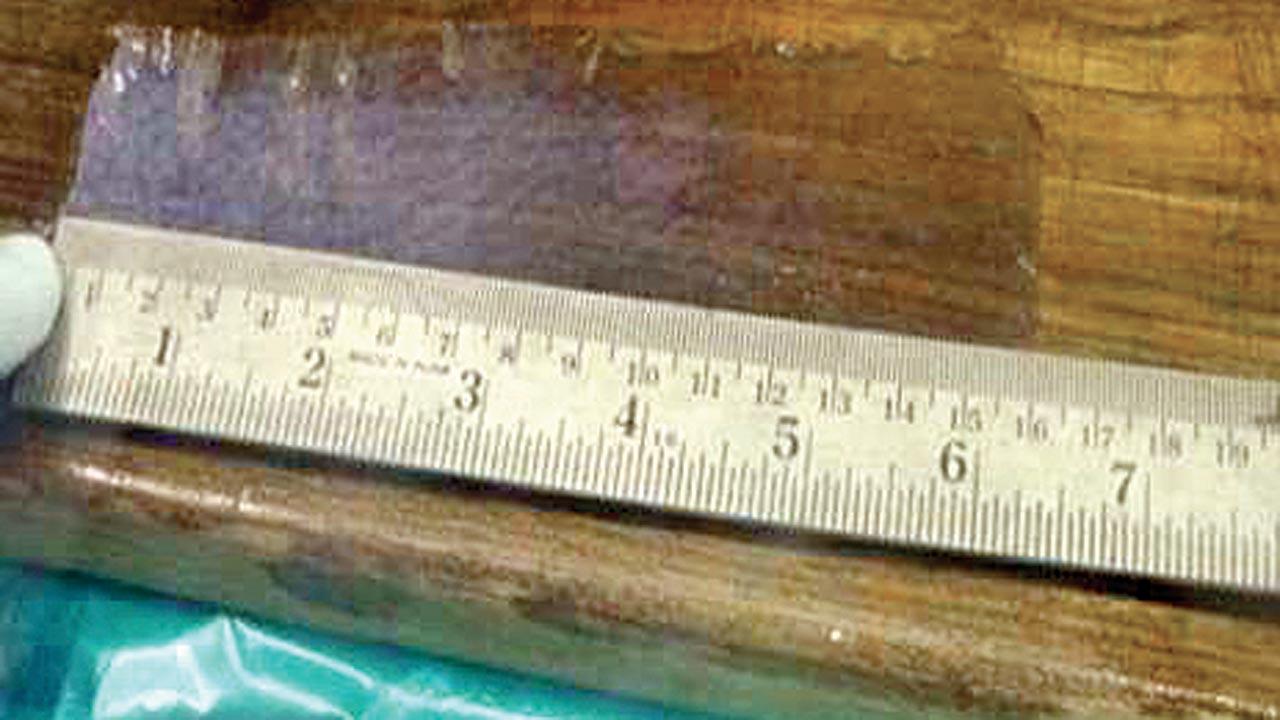 Harvested skin being measured
Harvested skin being measured
“We need skin from at least two donors to save one burn patient. Usually, we harvest only very thin layers of skin, which consists of the epidermis and part of the dermis (0.4 to 0.6mm thickness) from both legs, thighs and the back. After the procedure, the portion from where the skin is harvested is bandaged. On an average, from a single donor of moderate build, we manage to harvest 2,500 to 3,000 sq cm. From those with a heavier build, we get around 5,000 sq cm,” Dr Keswani said.
“We must inspire the newly commissioned skin banks to give thrust to skin donations by roping in NGOs and social groups,” Dr Keswani said.
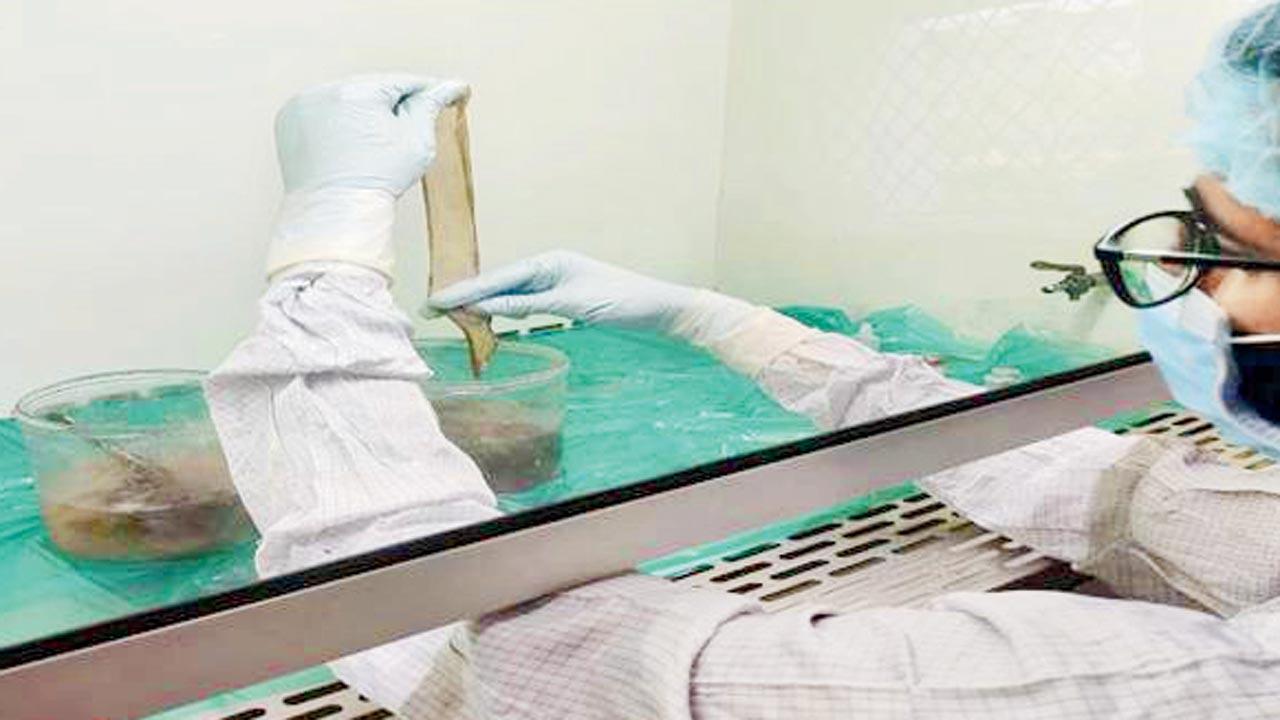 A technician examines harvested skin
A technician examines harvested skin
Setting up skin banks
If everything goes well, the civic-run HBT Medical College and Dr RN Cooper hospital will have its own skin bank. The LTMG, Sion hospital and Masina hospital are two centres among the 26 skin banks across the country. More than 14 centres were set up by Dr Keswani and his team.
On an average, setting up one skin bank costs around R60 lakh. Dr Keswani said that many NGOs and rotary clubs are keen to support the cause.
150
Monthly donors needed to meet the existing demand
160
Donations in 2021
176
Donations in 2022
‘Cooper hospital to get skin bank soon’
Dr Shailesh Mohite, dean of HBT Medical College and Dr RN Cooper hospital, told mid-day that the hospital is in talks with the National Burns Centre (NBC), Airoli, to set up its very own skin bank. “Last year, Cooper hospital was allotted the status of Non-Transplant Organ Retrieval Centre (NTORC) by ZTCC. Moreover, the entire western suburbs do not have a skin bank. We are keen to start one. If everything goes well, we will have a skin bank set up soon.” In an interview with mid-day, Dr Keswani provided further information about skin donation.
Is there a donor-recipient match required for skin transplant?
No, anyone’s skin can be transplanted on anyone. There is no blood matching, no colour matching, no age matching required. Once all blood reports are negative, the donor skin can be transplanted freely.
Is it compulsory to pledge or register oneself with a skin bank to donate skin?
No, it’s not compulsory to pledge or register with a skin bank. Even if an individual is not registered, skin donation will be carried out. Those who wish to donate skin may call on the 24x7 helpline, 022 27793333. Those who register themselves in advance get a Skin Donor ID card, Skin Donation magnetic sticker, and a ‘I am a skin donor’ pocket card.
How is skin harvested?
A special battery-operated instrument called ‘dermatome’ is used to harvest skin.
Is consent for skin donation taken before a harvesting procedure?
Yes, our doctor will take consent from the next of kin of the donor. A witness should sign the consent form before we start the procedure. Our doctors will explain the whole procedure before they begin.
Is there any bleeding or disfigurement to the body?
There is neither bleeding nor disfigurement from the site skin is harvested from. The site is properly bandaged after the procedure.
What conditions render skin unfit for donation?
Skin of individuals suffering from AIDS, Hepatitis B & C, Sexually Transmitted Diseases (STDs), skin cancer, active skin disease and septicemia is considered unfit for donation. At the time of skin harvesting, blood samples from the body are taken and tests for HIV, viral markers and Hepatitis are carried out at the skin bank.
What about diabetes and hypertension?
Donors with these conditions can donate their skin.
How is donated skin used?
After its harvest, donated skin is evaluated, processed, screened at the skin bank, and supplied to burns surgeons for transplanting on burn patients.
How is skin preserved and for how long?
Skin is preserved in 85 per cent glycerol solution, at a temperature between 4°C to 8°C. It can be stored for five years.
 Subscribe today by clicking the link and stay updated with the latest news!" Click here!
Subscribe today by clicking the link and stay updated with the latest news!" Click here!










